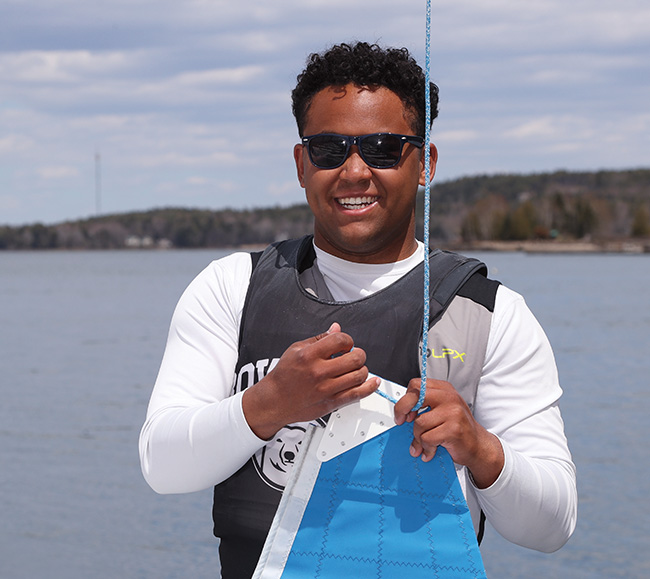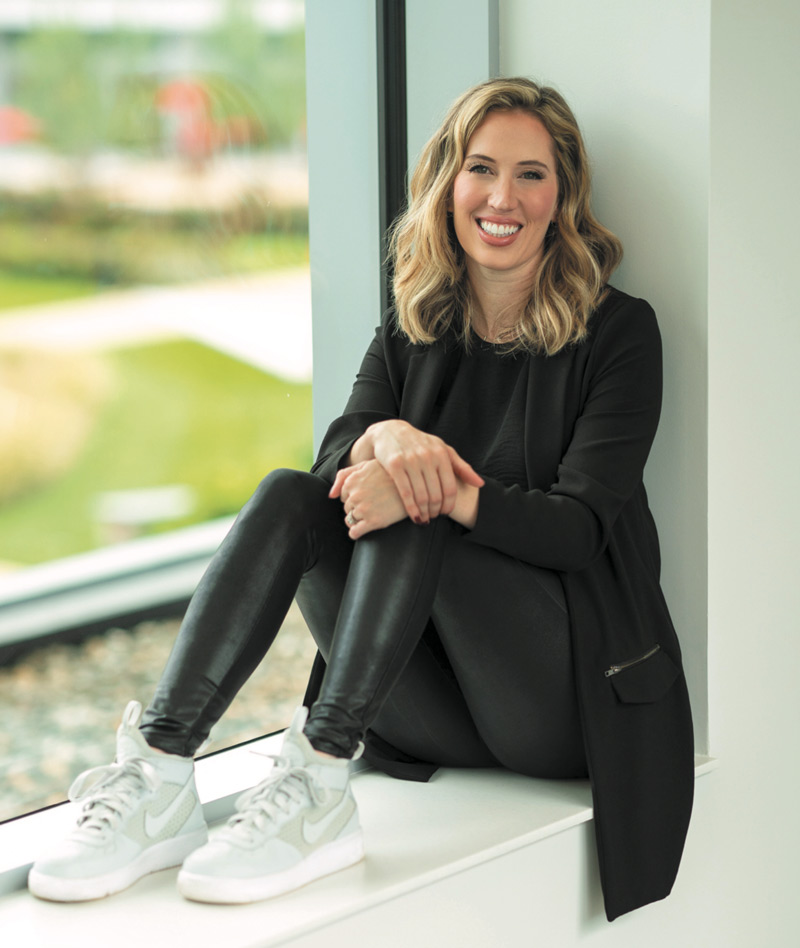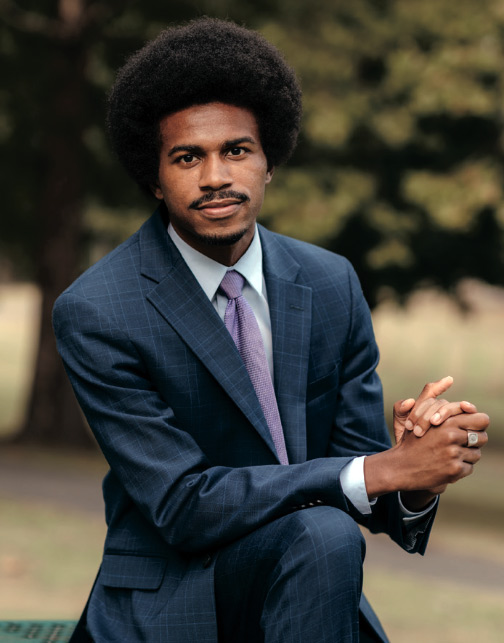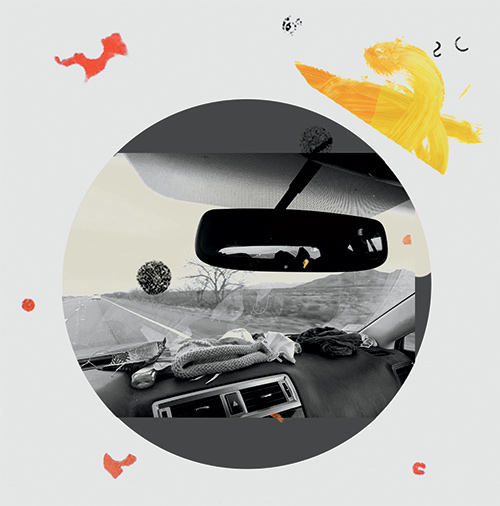It's All About People
By Bowdoin Magazine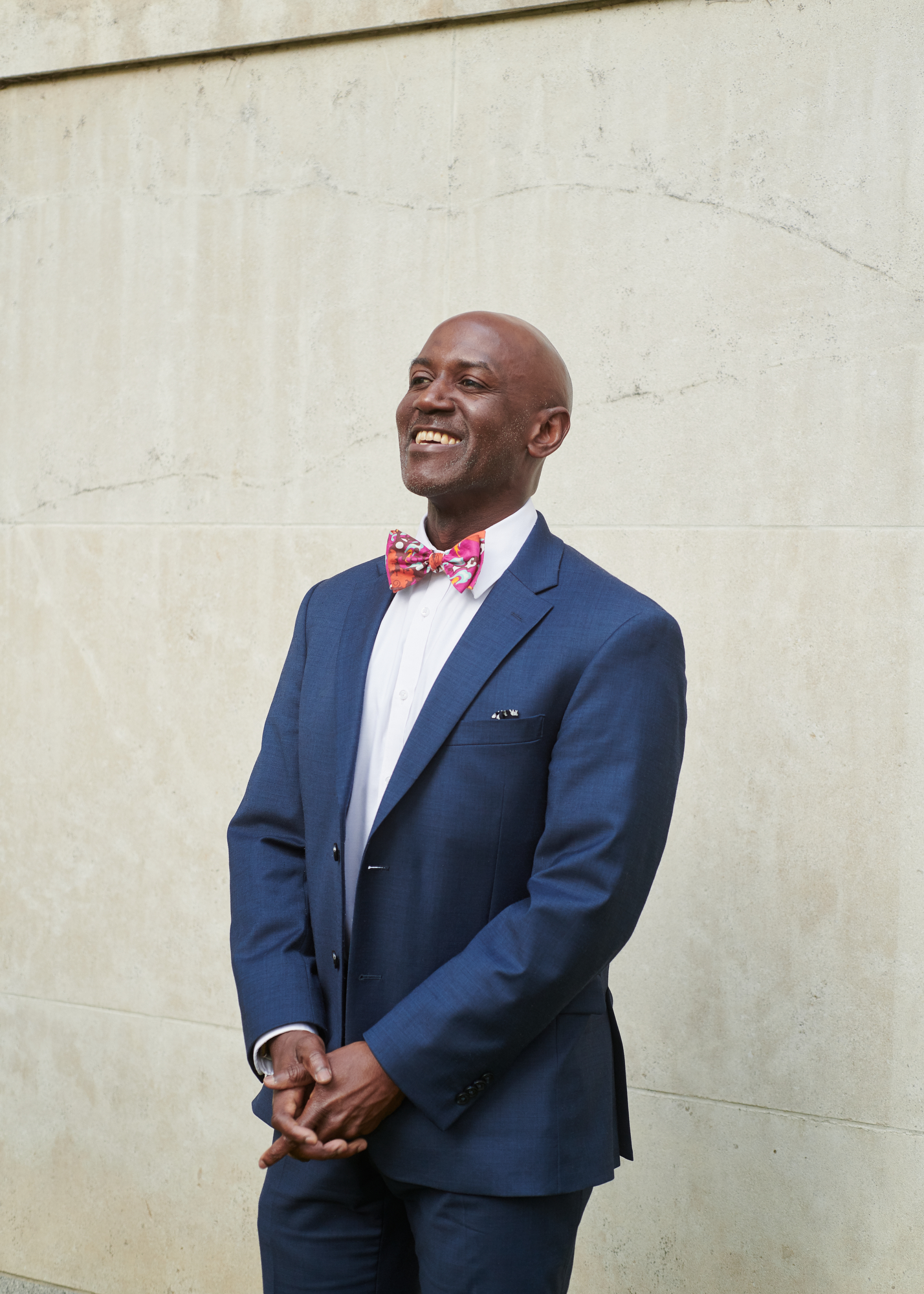
How does a person who earned a bachelor’s degree in zoology end up in information technology?
I was a computer science minor my first year in college—this was before IT was a discipline—but I was also pre-med, and I realized that I couldn’t sustain them both. I kept focused on pre-med. It was some years after college when a friend in the burgeoning IT field let me know of an opening, and I took a chance. The scientific method that I was trained in served me well when it came to problem-solving in IT. I was interested in medicine because I deeply cared about helping people. I was surprised at how fulfilling I found IT in that way, helping people use technology to solve problems. Yes, my role is a technology role, but my focus is on what are we trying to do with the technology, not simply the technology itself.
In what ways, if any, is data like animals?
I like the question. Species and genus, the different ways of categorizing animals—that approach can be useful when it comes to data as well. Some of the newer approaches to data management tend to break down those categories, though, because we've discovered that there's a lot of power and opportunity in thinking about data as being flat, and then look for connections in ways that would be less obvious. When we first started building data-storage environments, we used a language of data warehouses—a visual image of a building with shelves and organization. New structures are described as data lakes—a more fluid approach. The concept is that you can find unexpected connections between types of individual data pieces that might have been more difficult to find if they’d been categorized. A flatter structure allows for the opportunity to find unexpected connections. There's a lot of power in that approach, but there's also some deep concerns about privacy. One of the tenets to data privacy is “only collect the information that you have a purpose for.” Newer approaches are saying, "Well, collect as much information as you can, and figure the purpose out later on." Those two methods are in direct tension with each other.
What does it look like to succeed in fostering a culture of innovation at Bowdoin?
One of my favorite authors, Seth Godin, commented in an interview that people ask him all the time, “I’m not a creative type. I have a really hard time coming up with great ideas. How do you do it?" His answer is, “How are you at coming up with bad ideas?” Many people are uncomfortable expressing an idea that other people might critique. Put an idea forward, figure out how to test it, then iterate on that, and that's how you'll get the good ideas—build cultures that are encouraging and supportive of innovation.
How does IT affect the student experience at Bowdoin?
My favorite starting example is the Maslow's hierarchy of needs. It's often drawn as a pyramid, and the foundational levels are safety, food, water. In some presentations, as a kind of a joke, I'll put up a graphic of Maslow's—and then, right beneath it, “Wi-Fi.” We had this happen on campus last year. The wind knocked out power for several hours. I was stunned as I walked around campus. Emergency power was on. Emergency lights were on. The students looked completely unfazed. Our service desk didn’t get any calls at all until a couple hours later when the batteries in the buildings that don't have generator power started to run out, and then Wi-Fi went off, and laptops ran out of juice. The first thing callers wanted to know was, "Where can I go?" Because we have generator power at Thorne, the Wi-Fi will stay on the whole time as long as we can maintain the other network connections. So, the students clustered there. I think that there's this foundational aspect to wireless and network connectivity that has become critical. It is so much of what the students do.
And the number of devices they have, that's one of my favorite metrics now. Originally, we built wireless networks for the number of people in a community. That was industry-wide. So, even at my former institutions, where we had twenty-seven and twenty-eight thousand students, we built wireless for the number of students. As we went forward, we discovered that that was insufficient, because students were bringing more and more devices that were wireless capable. So, the challenge we have now is not just making sure the network is available, it also has to have the capacity to handle all of those devices being on at the same time. It is so much fun to have conversations about how very different the possibilities are now compared to even three years ago. But, it means that how we think about the services we provide also has to change, and has to change rapidly.
How does your team stay abreast of technological innovations when change happens so fast?
Keeping up is one of the great challenges. We spend a lot of time talking to other people across the industry, fostering relationships, so that if something happens at another institution, I can reach out and ask, “Is there anything you can tell me about what happened, so I can make sure that we're paying attention on our side?" Relationships matter, but also the range of those relationships. It helps to know people who work in much larger institutions, in public institutions, institutions on the West Coast. It’s important to have diverse contacts so that you’re talking across a breadth of experiences, and it’s not narrowly focused on institutions that are like us. At the end of the day, it’s all about people. And, of course, accepting that you’re never going keep up with all of it.
What, if anything, has surprised you about working at Bowdoin so far?
I'd worked at similar liberal arts institutions for before coming here. I knew many people at Bowdoin and have talked with them over some time. I understood there were a lot of successes here; that we had a really strong team. If anything, though, I was surprised at the level of commitment to the institution; we have a number of people who've been here a really long time and highly value their relationship with Bowdoin. That’s a wonderful foundation to build on. At the same time, we're looking at what is coming that's different than what we've done historically, so that we're not just saying, "That's not how we do it here." One of the conversations I had early with the team was, “How do we do we make sure that our history of successes at Bowdoin, as an IT organization, doesn't itself become our weakness?” So, for instance, that conversation about the number of devices that each student has, that's been one of my favorite examples to start to challenge how we think about wireless here. That it's not just good enough to say it's all covered. How do we make sure that we are positioning ourselves to handle scale, when it comes to the number of devices, and that we aren’t just paying attention to the number of students?
What have been some of the most remarkable changes, innovations in IT in a higher ed context in recent years? And together with that, how has it been manifested at Bowdoin?
The first one I think of is the evolution of high-performance computing. And, more broadly, the use of digital tools to evolve the way specific disciplines are able to go about their work. When high-performance computing first came about, many faculty and researchers working in highly technical disciplines would often have these high-powered servers right in their offices. Faculty would receive a grant for a project, would buy the necessary equipment, and then run it themselves. This was not just here, but broadly across academia. It didn’t scale that well, it’s highly inefficient, and it creates a whole lot of security implications. Many institutions moved to a model of well designed, high-performance computing environments that supported the whole faculty. Bowdoin has had such an environment for years. It's been one of the things that has long set us apart, because we've had the resources and the talent in house to provide a lot of those services for a broader group of our faculty. So, that part is already happening. The other piece that's happening is that now these approaches are extending beyond the traditionally computationally intensive disciplines to the humanities. It's one of the things I'm really excited about to talk to faculty as we start to think about how these digital approaches are positioned to help support, and in some cases, evolve what they've been researching and teaching in their disciplines.
How do you help Bowdoin students think about careers in IT?
Many students who want a career in tech think the only way to get it is to get a computer science degree, even as they also acknowledge that there are all these other disciplines that they're really interested in. It’s sometimes helpful to be able to say to them, “I know for sure you don't have to have that degree, because I don't have one.” The computer science degree can serve you really well, depending on what you want. But if you don't know what you want, it can be helpful to start with the pieces that you are really excited about. Career Exploration and Development is doing a great job helping our students start to think more broadly about, “what does tech look like?” It’s such a wide discipline that there are many different ways that you can get into it and build a fulfilling career. I’ve really been excited to build a team of professionals that have different types of backgrounds. Yes, a number of them come from computer science— and some of them from history, some of them from music. Those varied backgrounds position us to solve problems differently.
Michael Cato joined Bowdoin in March 2018 as senior vice president and chief information officer. In his role, he facilitates all aspects of IT strategy at the College, including maintaining Bowdoin’s leadership role in educational technology and the high reliability of its current systems while providing a vision for the digital future in teaching, scholarship, constituent engagement, and operations. Most recently, before coming to Bowdoin, Cato was vice president for computing and information services and CIO at Vassar College.
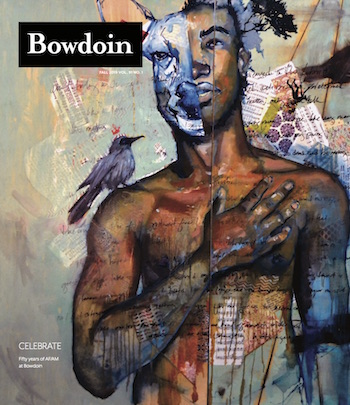
This story first appeared in the Fall 2019 issue of Bowdoin Magazine. Manage your subscription and see other stories from the magazine on the Bowdoin Magazine website.
